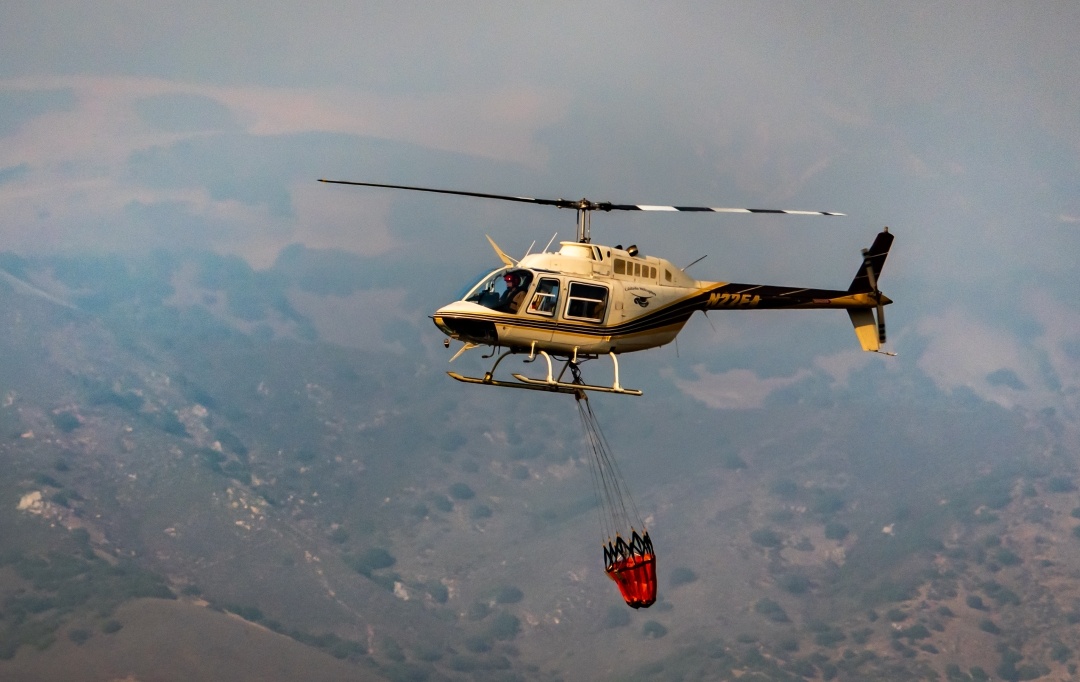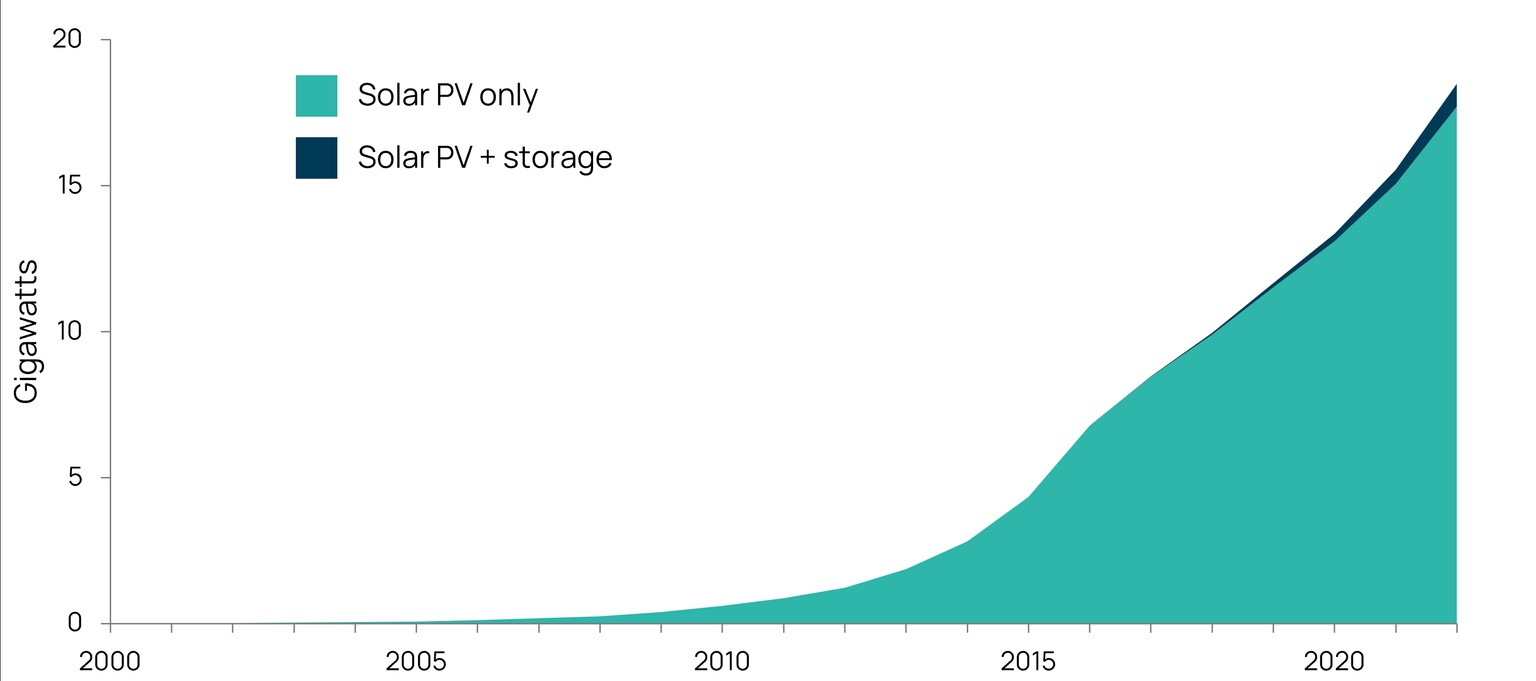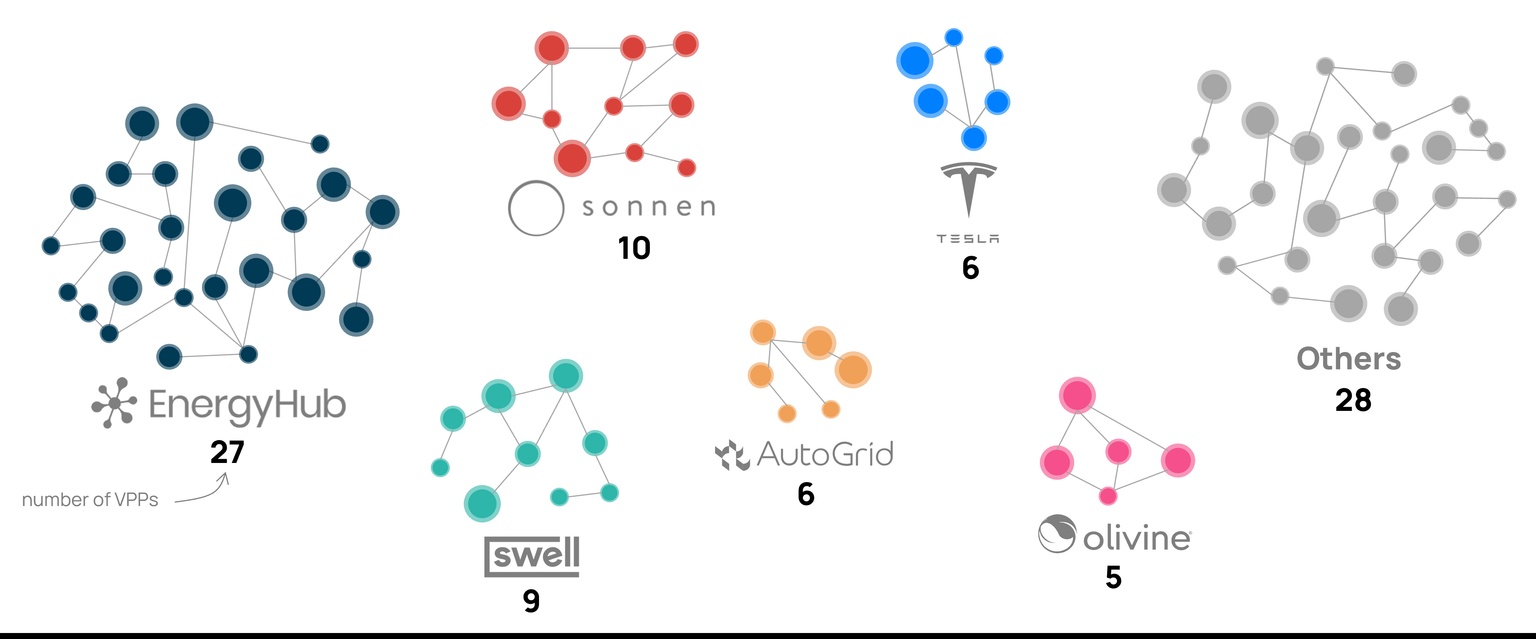
Aaron Foyer
Vice President, Research and Analytics
They may be more important for the energy transition that we think

Aaron Foyer
Vice President, Research and Analytics
The American Meteorological Society officially added the term ‘heat dome’ to its Glossary of Meteorology in March 2022. A heat dome refers to a specific weather event when a pressure system prevents hot air from rising, which increases system pressures and further increases heat. This dome-like feedback weather system is then capable of turning any habitable region into Tatooine in no time.
Real world heat: In September 2022, a heat dome settled over California, triggering one of the worst and longest-lasting heat waves in state history. The California Department of Public Health estimates 395 deaths as a result of the event, and it could have been worse had it not been for a single critical text message.
In the late afternoon of Tuesday, Sept. 6, the grid was pushed to the brink as solar generation fell off, yet air conditioners roared on. To avoid rolling blackouts, California’s Office of Emergency Services sent out a text message to all Californians: “Conserve energy now to protect public health and safety. Extreme heat is straining the state energy grid. Power interruptions may occur unless you take action. Turn off or reduce nonessential power if health allows, now until 9pm.”
Within five minutes, electricity demand from the California Independent System Operator (CAISO) dropped more than 2.1 GW, averting blackouts.

A helicopter pilot carries a bucket of water to douse the 2020 River Fire in Monterey Country // Adobe
Rather than looking for an additional 2 GW worth of supply to turn on, the grid operator turned to end users to turn off 2 GW worth of demand. But the emergency text message is a card that can only be played so often before it starts losing its effect and the public stops reacting. So, what if suppliers didn’t need a text message to quickly manage residential loads?
An alternative: What if, instead, a wide array of sources, both supply and demand, could be harnessed by an operator and turned on or off synchronously in times of need? This is the idea behind virtual power plants (VPPs), which could help solve some of the energy transition’s biggest challenges.
The average home today incorporates much more technology and electronics than in the past. In a study by Drax looking at homes in the UK, the number of electronic appliances in each household has grown from 21 in the 1970s to 50 today. Beyond consumer electronics like laptops, Big Tech firms are increasingly connecting and networking historically standalone devices such as lighting and HVAC, centralizing their control.
At the same time, dropping solar panel and lithium-ion prices have led to a surge in behind-the-meter consumer installations, like rooftop solar and home energy storage systems.
Stitched together: All by themselves, these systems can benefit homeowners and provide resilience to a home from power outages. But when put together, the combined capacities can rival utility-scale installations to provide resilience to the grid and help avoid power outages before they ever happen.

Source: Orennia
How they work: Owners of residential, commercial or industrial distributed energy resources – like rooftop solar panels or standalone energy storage units – agree to participate in a collective energy powerhouse. This is the VPP. Using real-time management run by large utilities, energy companies or specialized VPP operators, this entity continuously monitors the state of the resources and the grid. The VPP participates in energy markets and ancillary services, paying participants through financial rewards, cost savings or enhanced energy management solutions. Some participants simply get paid for not using energy at specific times.
A key hurdle in unlocking these markets came from the September 2020 release of FERC Order No. 2222. This helped distributed energy resources to participate alongside traditional utility-scale resources in energy markets by allowing them to combine and operate together.

Source: Orennia
The growing adoption of energy storage is already playing an important role. In California alone, there are more than 150,000 resident energy storage systems installed totaling more than 1 GW. That’s one nuclear reactor’s worth of output capacity that can be called upon quickly, unlike a reactor.
VPPs are not new: The US Department of Energy estimates the US currently has 30 to 60 GW of VPP capacity already on the system, equivalent to 4% to 8% of the country’s peak electricity demand.
It isn’t just participants who profit from these systems. Ratepayers as a whole stand to benefit from the use of VPPs.
To figure out how to manage peak demands, utilities will have to decide whether to invest in new capacity or provide incentives for end users to either provide their capacity or to reduce their demand at key moments. It’s believed VPPs are cheaper than dispatchable capacity. A study by Brattle Group estimates they are 40% to 60% cheaper than alternatives, including peaker plants and utility-scale lithium-ion batteries. VPPs can avoid unnecessary costs.

Source: Orennia, VPP Data
And reduced powerlines: Given the bottlenecks being forecast amid a lack of new transmission lines, VPPs also benefit from being at the point of distribution. Having capacity with end users gets more out of the existing grid and reduces transmission and distribution costs that would otherwise get passed onto the rate base.
The future of VPPs could be EVs, as it’s easy to lose sight of how huge their batteries are. If you’ve seen a Tesla Powerwall home energy storage system, they are themselves large appliances in a home. The batteries inside even small electric vehicles are multiples of a Powerwall. And the largest EVs on the market have battery capacities that are larger by an order of magnitude.
With the advent of technologies like vehicle-to-everything (V2X), which allows bidirectional charging of EVs, vehicle batteries could start forming meaningful amounts of grid storage. Stringing just a few of the largest EVs – like Tesla’s Roadster and GMC’s Hummer EV – together in a VPP would create a battery as large as some utility-scale systems being added to the grid today. Twenty Tesla Roadsters would equate to a Tesla Megapack. Jay Leno’s garage could rival Moss Landing.
As the fleet of EVs grows, the amount of energy storage in homes across the world can truly be transformative. In an international study released in the peer-reviewed journal Nature Communicated last year, researchers estimated that even low participation rates in vehicle-to-grid systems – as low as 12% of available capacity – could fully satisfy short-term grid storage demand globally. Challenges remain, however, including figuring out the right incentive models to drive participation, and higher implementation costs, especially for bidirectional charging.

Sources: Orennia, EV Specs, Eco Affec
The automakers know: Companies like Ford, GM and Telsa appear to be well aware of the opportunity ahead of them. Early last year, Ford, GM, Google and a number of solar companies joined together to establish best practices in scaling up virtual power plants.
Tesla has already established a number of VPPs, including in California, Texas and even Puerto Rico. The company is open about its intent to disrupt energy distributers and the status quo, and its 5,500 participant South Australian VPP is the largest in the world.
This is still a relatively nascent industry, with lots of room to grow. The US DOE aims to expand the capacity of VPPs in the country to between 80 GW and 160 GW by 2030. From Orennia’s forecast, that would be enough to address 9% to 18% of peak demand at that time.
There are undoubtedly hurdles to getting there.
As it turns out, getting paid to do nothing is a temptation ripe for fraud by people who want to get paid for doing nothing. Matt Levine of Bloomberg highlighted a couple of fake VPPs who earned millions yet had no actual customers.
Costumer adoption: VPPs work by recruiting individual end users to participate. While homes may eventually be filled by vehicles with huge batteries, the effectiveness of these resources will be determined by how willing consumers are to deviate from convenient behavior. It may prove difficult for prospects to entrust a utility with managing their homes’ energy consumption schedule. This is especially true with the charging and discharging of EVs, ensuring they’ll be ready for use by morning. Or that being cycled for grid storage won’t significantly deteriorate battery performance.
The final connection into a home may also end up being a limiting factor, with each home’s electrical panel putting a ceiling on the vehicle-to-grid capability of homes and vehicles.
Bottom line: VPPs would have been a hard concept to fathom in the 1970s. But digitization and the wave of Internet of Things devices have enabled opportunities that will only continue to grow. More smart homes, more EVs and more installed solar-storage systems all but guarantee that VPPs will play a much bigger role in the future for grid resilience.
The surge of home appliances has sometimes been considered a cause for excessive energy consumption and grid challenges. There’s some poetic justice that these devices may end up being the solution, as well.
Data-driven insights delivered to your inbox.